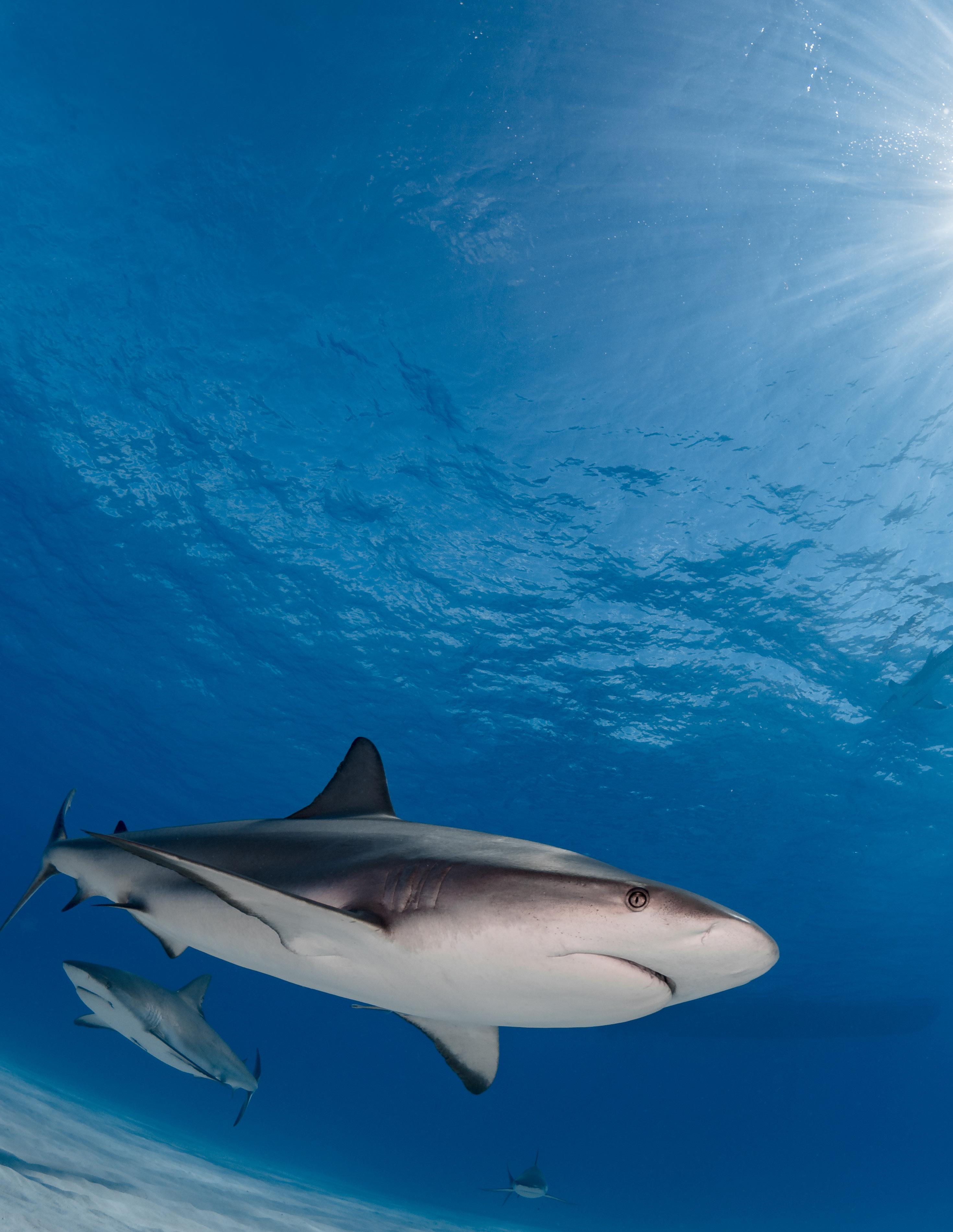Paddlenose Spookfish
Artwork by © Marc Dando
(Rhinochimaera africana)
Alexandra Morata
Distribution and Range Rhinochimaera africana is a deep-water species found on soft– bottom habitats and slopes, and seamounts at depths of 550–1450 m. It has a patch distribution across Africa, Oceania, and Asia and has been reported from Mozambique, South Africa, Western Australia, China, Japan, and Taiwan (Province of China). Also from Peru and Costa Rica. The Angulo et al 2014 paper documents it from Costa Rica.
IUCN SSC Shark Specialist Group | Programme Officer
Taxonomy The order Chimaeriformes includes 53 species from six genera and three families: Chimaeridae (short-nosed chimaeras) with 42 species from three genera, Rhinochimaeridae (long-nosed chimaeras) with eight species from three genera, Callorhinchidae (plow-nosed chimaeras) with three species from one genus. Rhinochimaera africana Compagno, Stehmann & Ebert, 1990 commonly known as the Paddlenose Spookfish, belongs to the family Rhinochimaeridae and is one of three species in the Rhinochimaera genus. It was misidentified in South Africa as Straightnose Rabbitfish (Rhinochimaera atlantica). It was only recognized when a research trawl caught one along with R. atlantica and Narrownose Chimaera (Harriotta raleighana) in a trawl off Doring Bay on the west coast of South Africa. The species was discovered in South Africa in 1986 and confirmed as a separate species in 1990.
Conservation measures and IUCN Red List status The Paddlenose Spookfish was assessed as Data Deficient on the IUCN Red List of Threatened Species in 2016. Data on the species’ biology, ecology, population, or reproduction are lacking, and its range could be more widespread with a connected distribution. Since R. africana occurs only in deep-water, it makes the species inaccessible to most fisheries and they are likely to have no commercial value. Both factors contribute to the lack of information available, but to an extent, may also protect them from fishing pressures that Chondrichthyes at higher depths experience. Across its known distribution, it is unknown if R. africana is caught as bycatch in deep-water trawls. However, in Taiwan, the Paddlenose Spookfish is accidentally caught in deep-water trawls and landed to be sold at markets for local consumption. Due to the lack of fisheries data, there is insufficient information available to assess its extinction risk. There are currently no management or conservation measures in place for this species. With marine resources at higher depths increasingly depleted, fisheries are progressing into lower depths. Given the underreporting, lack of conservation measures, and increasing fishing pressures, this likely poses a threat to deep benthic species, including the Paddlenose Spookfish.
Morphology Being part of the family Rhinochimaeridae, R. africana, has a long nose. This species is distinguishable from other Rhinochimaeridae, especially from the most-closely related Pacific Spookfish, by its wide, paddle-shaped snout, hence the common name ‘Paddlenose’. Additionally, R. africana is distinct in its small eyes, with its body being a uniform dark-brown or black colour, with no markings/patterns. However, the oronasal region is notably paler than the rest of the body and is rarely solid white. The Paddlenose Spookfish reaches a maximum size of approximately 150 cm total length (TL).
28




















